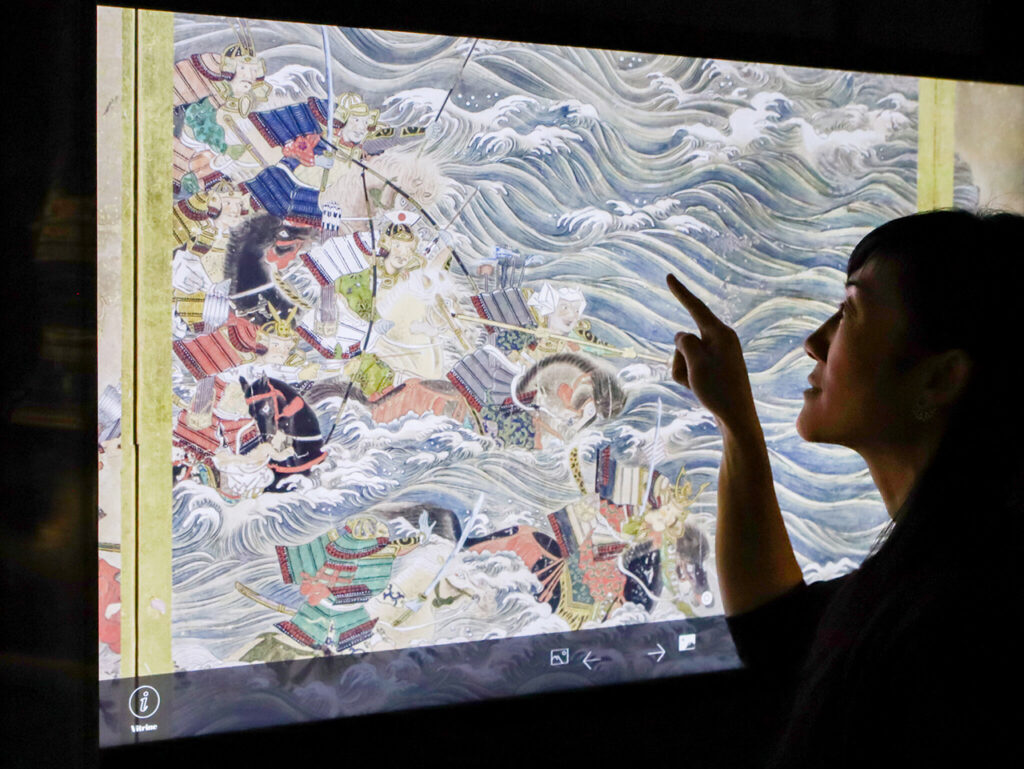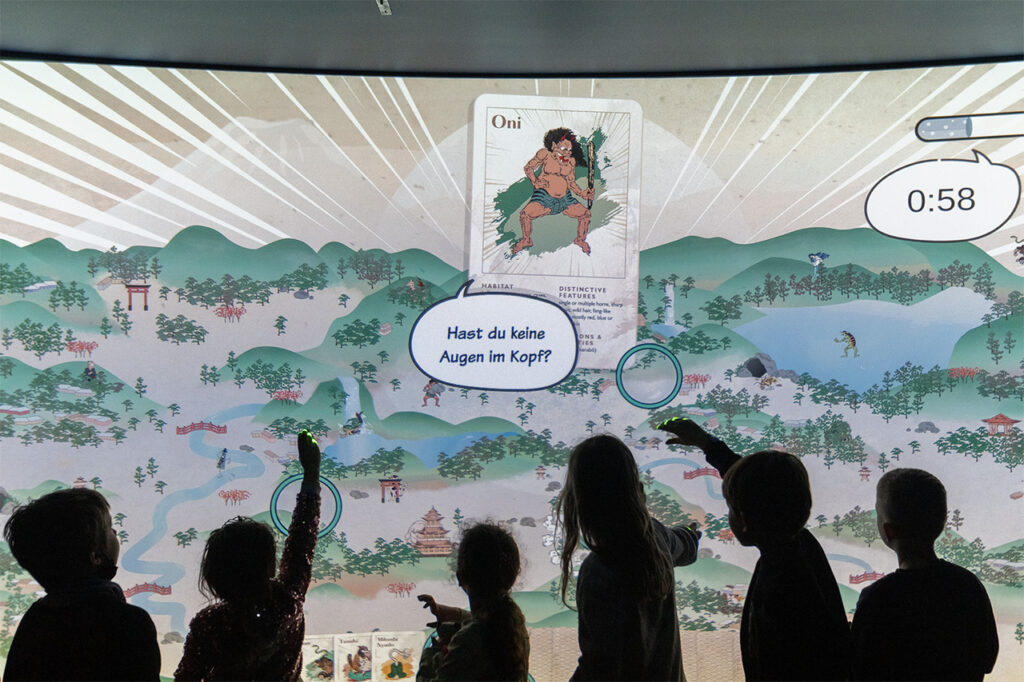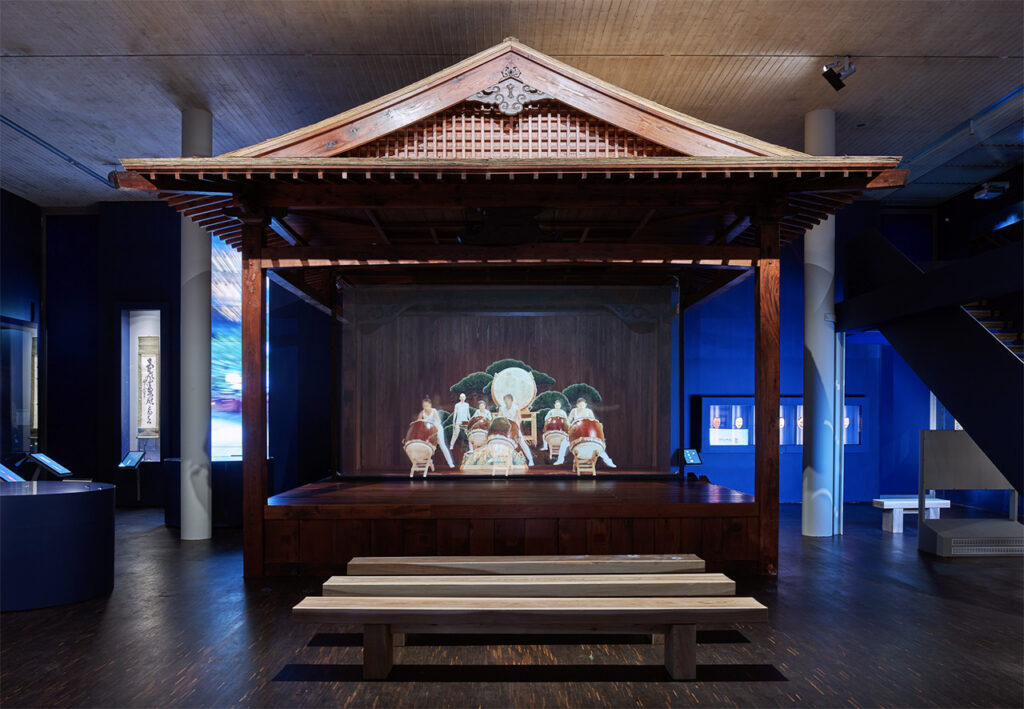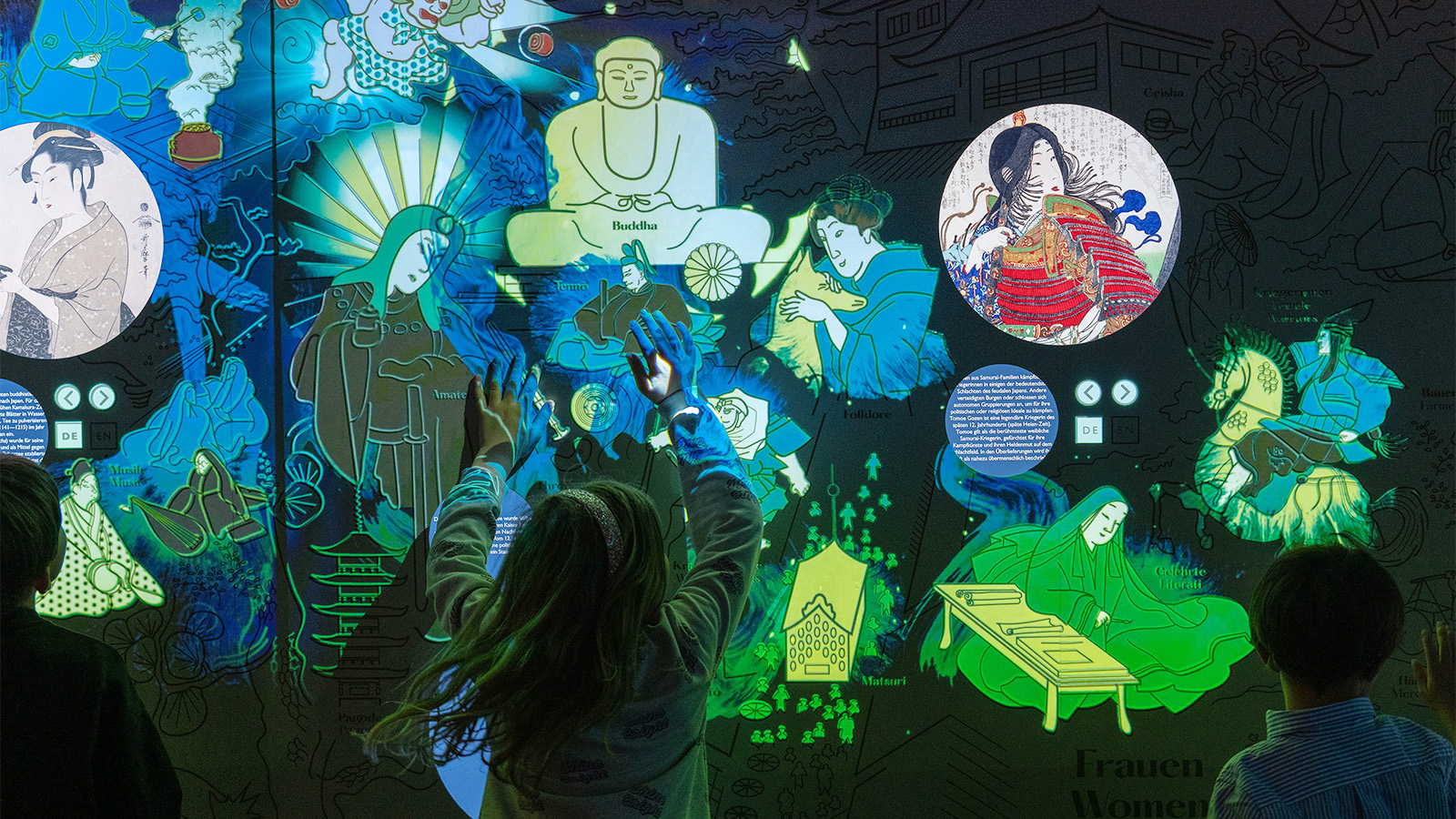For a military class that emerged in the 12th century, the samurai continue to hold remarkable sway and fascination way into the 21st. They remain not only mainstays in Japan’s cultural milieu, but have fueled the global imagination, inspiring Chinese comic series as much as Hollywood blockbusters starring the likes of Tom Cruise. Over in Berlin, at least one collector, Peter Janssen, has amassed upwards of 4,000 objects as part of a decades-spanning fixation with samurai culture. And what’s a man to do with this substantial a collection? Well, he opens a museum.
In May, the Samurai Museum Berlin launched in the German city, becoming the first of its kind in Europe. The institution exhibits a mere quarter of its founder’s collection of armor, masks, prints, and ceramics, but as it is, represents the largest showcase of samurai artifacts outside of Japan. Vitrines and models have been deployed as display mechanisms, but so too have creative technologies to vivify the samurai code and culture for a contemporary audience. “We want to show the artifacts in a very modern way,” Janssen tells Jing Culture & Commerce. “We want to make it interesting for everybody that they can have fun with the location.”

Samurai Museum Berlin teamed up with Ars Electronica Solutions to develop digital installations as part of its staging and storytelling. Image: Ars Electronica Solutions / MyTrinh Müller-Gardiner
To do so, the Samurai Museum Berlin recruited Ars Electronica Solutions to develop the venue’s staging and storytelling. An apt choice, considering the organization’s robust inquiries into digital transformation, ongoing since 1979 and which have spawned a research lab, a festival, and a museum. Ars Electronica Solutions markets the company’s technology products and services, and for Samurai Museum Berlin, deployed a range of digital formats to create interactive installations.
It was about using “technology so that people can access a very complex topic,” says Michael Mondria, Managing Director of Ars Electronica Solutions. “There are different layers of information which have been made accessible in a digital way.”

To engage its young visitors, the museum has installed gamified exhibits encouraging children to interact with samurai history and artifacts. Image: © Samurai Museum Berlin / Alexander Schippel
Whether through a tech-enabled installation or environment, the team sought ways to convey basic facts and information about the museum’s objects, but also, contextual knowledge. So visitors could interact with, say, a piece of weaponry via on-screen 3D scans or gigapixels images, while accessing additional audio-visual material — “What is behind a sword or a blade? What does it mean to create a blade?” — that deepens their understanding of the object.
These digital displays also leverage play and interactivity to satisfy some tough customers, namely children. “This is the most challenging thing,” admits Mondria of appealing to young audiences. “How do you interest a kid of six years about a tea ceremony?” To do so, the museum has installed kid-specific touchpoints throughout the venue, with Ars Electronica Solutions developing games that invite children to engage hands-on with samurai culture.

A life-sized recreation of a Noh theater serves as a centerpiece of the museum to host projected green-screen footage of an authentic Noh performance. Image: © Samurai Museum Berlin / Alexander Schippel
And then there’s the Samurai Museum Berlin’s dramatic centerpiece: a life-sized Noh theater, built by Japanese craftsmen using traditional techniques, which hosts projected green-screen footage of a Noh performance on Tokyo stage. This same manner of dynamic projection is also used in the venue’s tea ceremony exhibit. Not least, it leverages that buzzy engagement medium, immersion, to “establish new contemporary spaces for interpretation and create a unique hybrid experience,” as Mondra put it in press materials.
In sum, as the museum’s Director Alexander Jöchl tells Jing Culture & Commerce, the venue is centering “innovative ways to present historical objects, to bring new people into the museum and communicate with them over technology.” Here, samurai culture is not past but also present, and thanks to a digital assist, remains “very much alive.”



